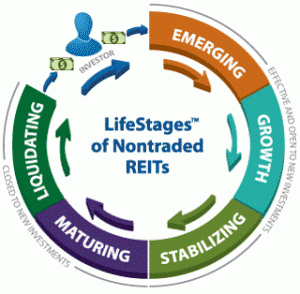What Government Can and Cannot Do to Make Housing “Affordable”
August 1, 2023 | James Sprow | Blue Vault
The U.S. has a “housing shortage” and a popular part of that theme today is an “affordable housing” shortage. Honest economists would have to question that conclusion by stating that the current supply of housing and demand for housing is in equilibrium where many people who would wish to, cannot afford to purchase a home, or pay rent for an apartment. Government efforts to increase the supply of “affordable housing” sound like a reasonable approach to solving the problem, but we should be digging a little deeper.
Government Grants Do Not Produce Housing
Recent Federal program announcements include grants to local governments to address issues such as restrictive zoning and streamline project approval processes. Sounds great! Realistically, local governments cannot simply relax zoning restrictions to encourage more housing projects. Communities have zoning restrictions like density limits because existing residents are very protective about their property values and often view zoning as way to do that. Besides, zoning is a local matter, and changes are made within a local political process that is both controversial and lengthy. Federal participation in zoning decisions would have to void local control, a cherished traditional American value.
Secondly, offering money to local governments in the form of grants to “study” reducing barriers to affordable housing production is unlikely to yield noticeable results. In a previous life as a community planner in Seattle, I learned how applying for Federal grants to benefit a neighborhood or a city took a lot of time and yielded very little benefits. Government grants generally come with a myriad of guidelines and restrictions that, at the end of the day, produce little and take months or years to even materialize.
Macroeconomic Trends Drive Development Trends
The costs of financing and constructing housing developments are linked to macroeconomic variables that governments cannot control. Interest rates that recently reached highs will discourage development by making the financial equations less attractive. Inflation, especially in labor and materials markets, can change the attractiveness of new development for investors. Those costs can also influence multifamily markets, impacting vacancy rates and rents in favor of existing properties. When investors in existing multifamily properties speak of “positive tailwinds” they are indirectly referring to these trends that reinforce housing “shortages.”
Real Estate Developments Have Long Lead Times
The housing projects in the development pipeline are still months or years away from entering the market. From the time that land is acquired, projects are permitted and ground is broken to begin construction of new housing, many months will have passed. Construction can take a year or more. Even if national or local governments can successfully speed up approvals and expedite the overall process, results will not materialize quickly. Many macroeconomic trends mentioned above will have changed by the time projects are complete, which can result in over-supply and lower values for completed projects than previously anticipated.
Office to Affordable Housing Conversions Are a Non-Starter
Anyone studying the potential for office-to-residential conversions is immediately confronted with some hard realities. For example, only around 20% of those troubled office properties are suitable for consideration for conversion to apartments. Ironically, the older office structures are more likely to be suitable, since a higher percentage of floor space near outside walls makes residential conversions with more exterior walls and windows more attractive. Unfortunately, the costs of such conversions are still high, when infrastructure including plumbing and electrical required for apartments far exceed the existing capacities in offices. Thus, due to limited feasibility, conversions probably will not add to the supply of “affordable housing.”
Another consideration is the market for office conversions to residential that may or may not exist. One of the trends that accelerated during the pandemic and has not totally abated is the movement out of central cities and the transition to working-from-home. If the need to be in a central business district to be close to a job has changed dramatically, the question will be: “Who will want to live in a converted office building to be close to work in another office building if many jobs have migrated out of both?”
Government Is Not Efficient at Solving “Shortages”
Defining a shortage in competitive markets is a subjective exercise. Markets have a way of responding to perceived shortages by directing resources to those areas where investors see opportunities due to past under-investment or current price increases. Government is much too slow in responding to market dislocations, often producing a “solution” that either arrives too late or causes further problems. History is strewn with examples where government interference in competitive markets failed to have the desired effect. We should not be overly optimistic about Federal attempts to alleviate the “affordable housing” shortage.











